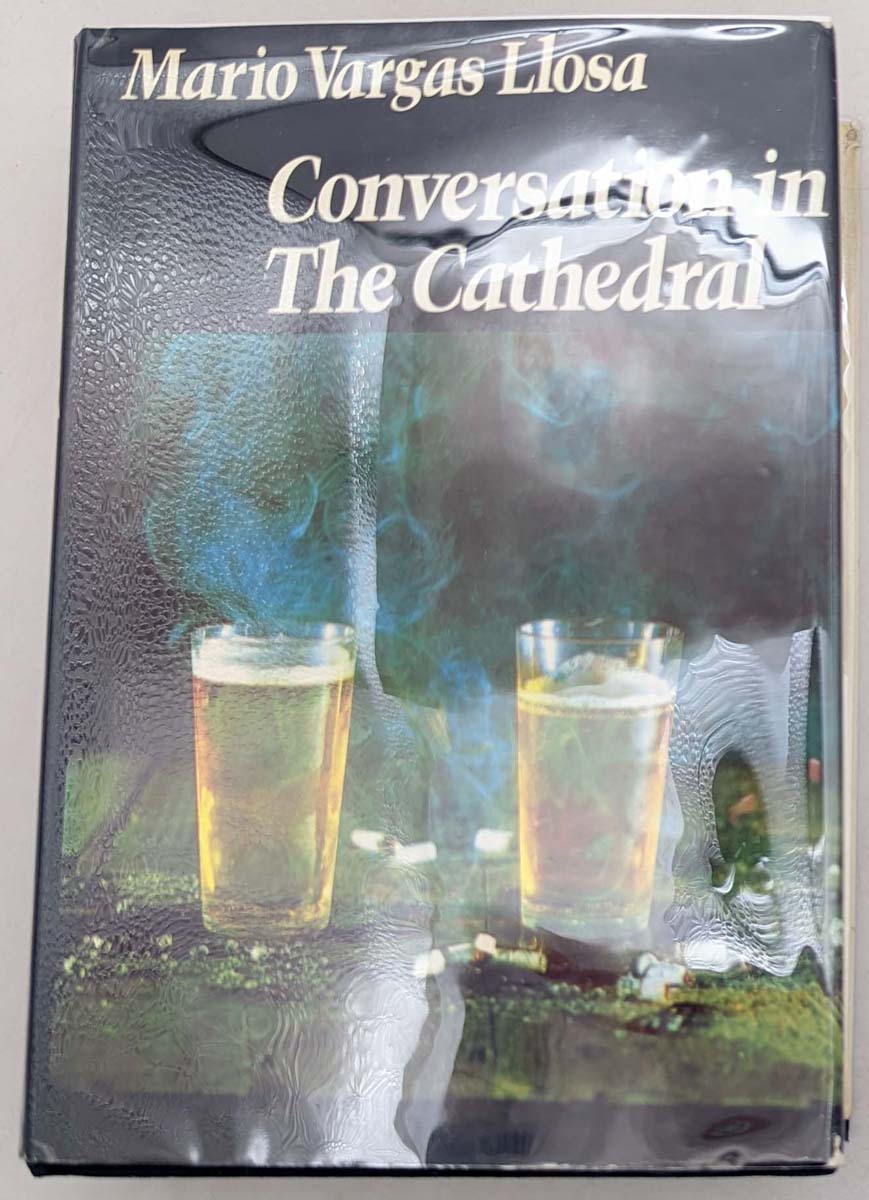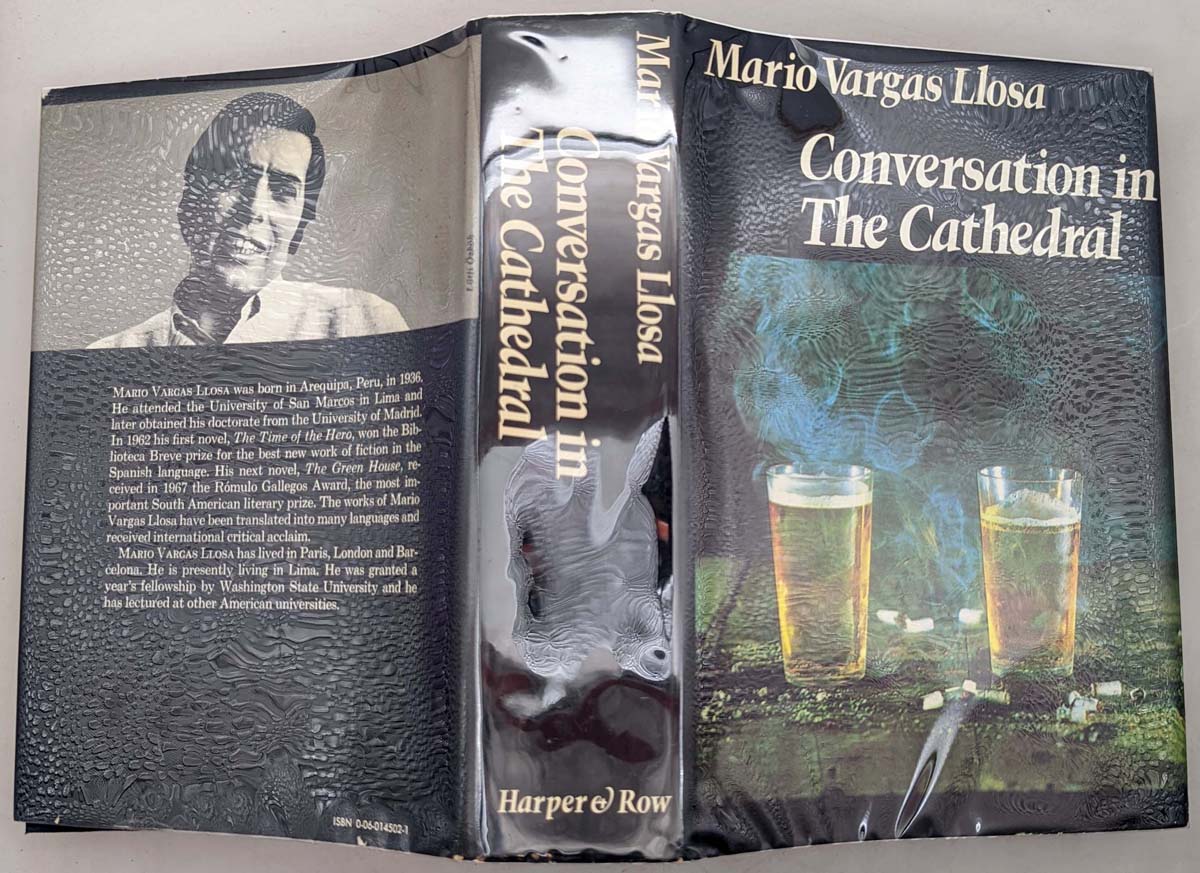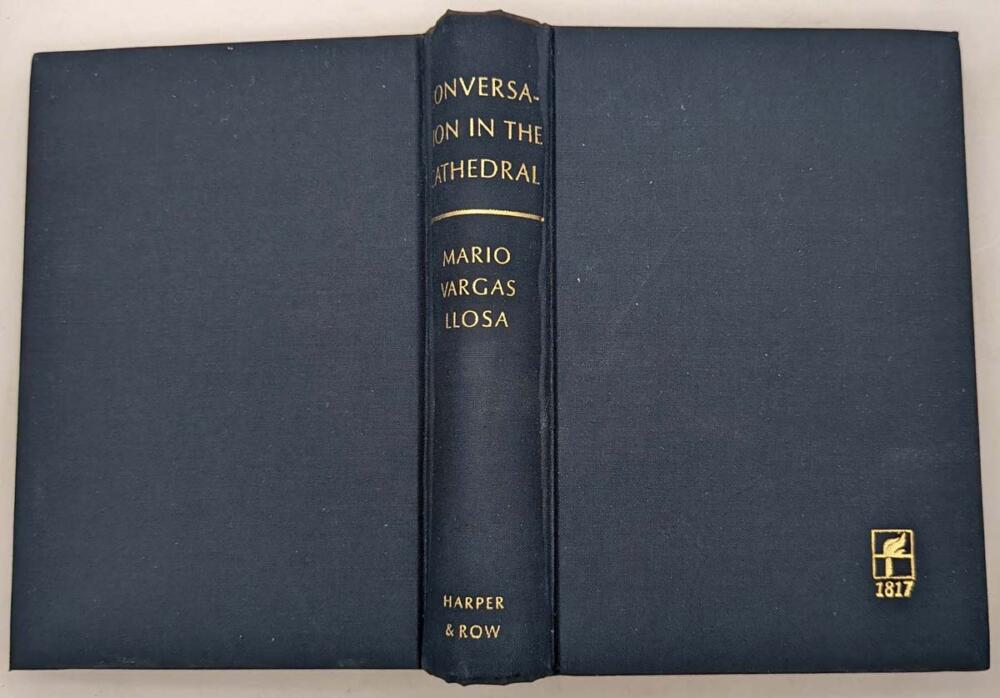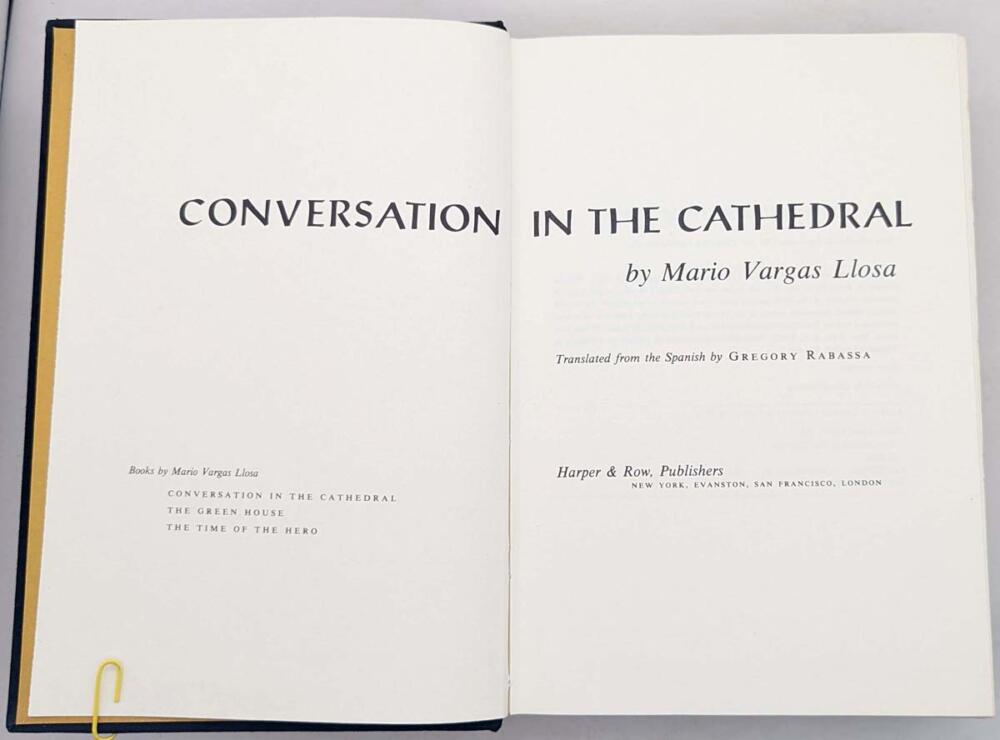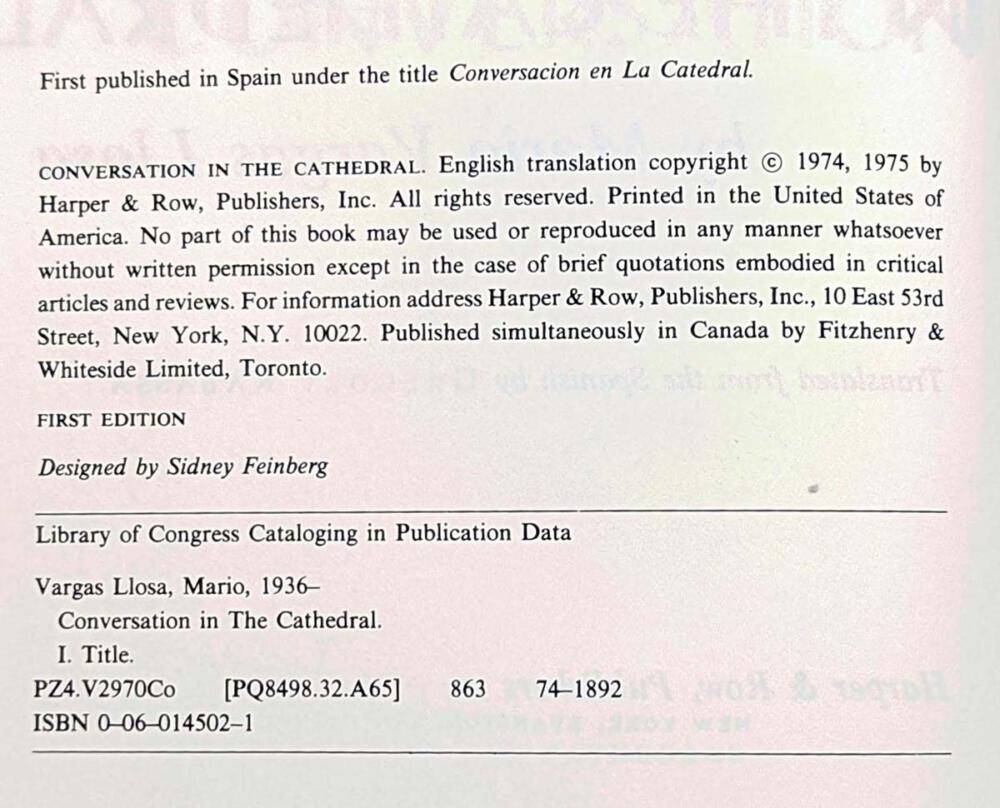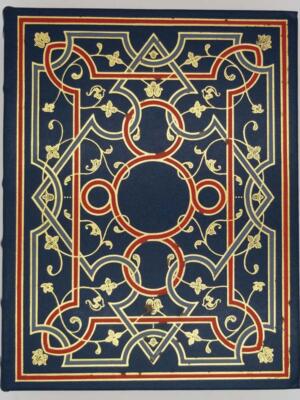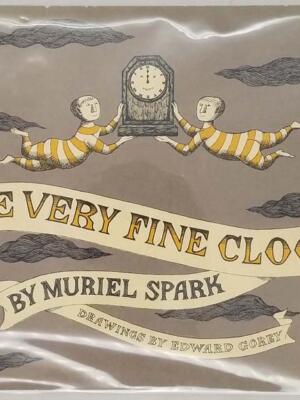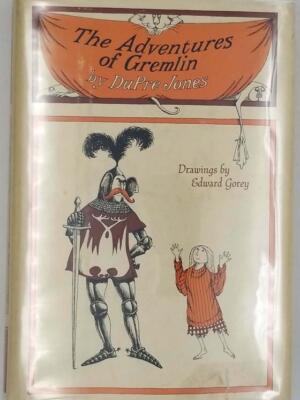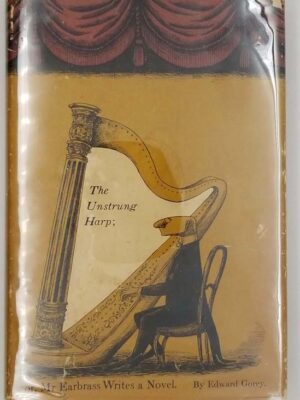Conversation in the Cathedral (Conversación en La Catedral, 1969) is a monumental work by Mario Vargas Llosa, widely regarded as one of the greatest Latin American novels of the 20th century. This sprawling, labyrinthine narrative unfolds in 1950s Peru under the dictatorship of Manuel Odría, exposing the moral decay and political corruption of the era through a web of interconnected lives.
The novel centers on a four-hour conversation in a seedy Lima bar called La Catedral between Santiago Zavala, a disillusioned journalist from a wealthy family, and Ambrosio, his father’s former chauffeur. Their dialogue spirals into a kaleidoscopic exploration of power, complicity, and betrayal, weaving together the fates of oligarchs, prostitutes, spies, and revolutionaries. Vargas Llosa employs his signature technique of “total novels”—shifting timelines, overlapping dialogues, and fragmented perspectives—to mirror the chaos of a society suffocated by oppression.
For similar reads, try The Feast of the Goat (2000), Vargas Llosa’s take on Trujillo’s Dominican dictatorship, or The Autumn of the Patriarch (1975) by Gabriel García Márquez for another hallucinatory portrait of tyranny.
